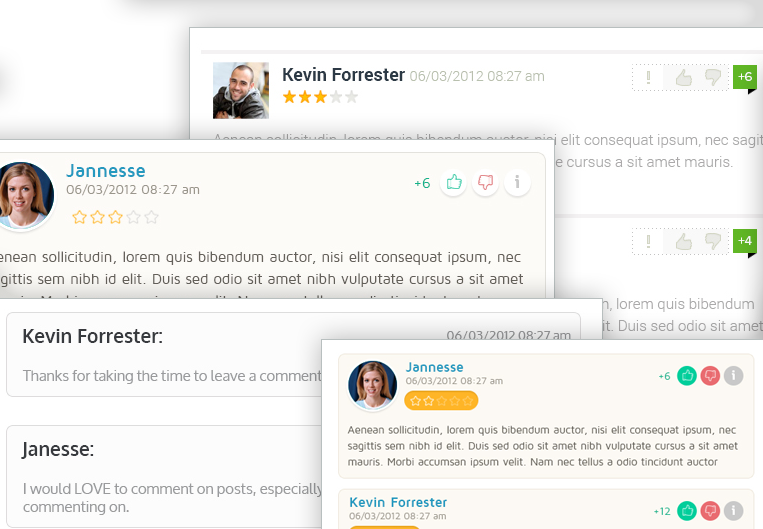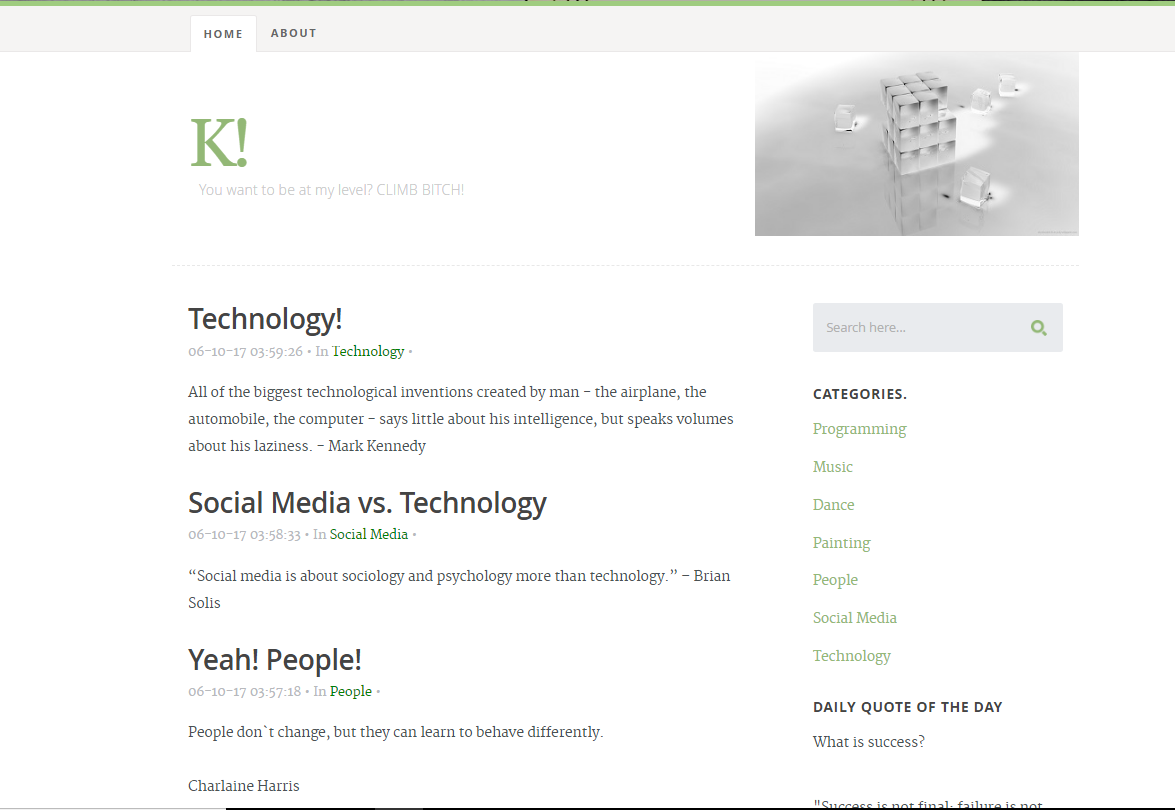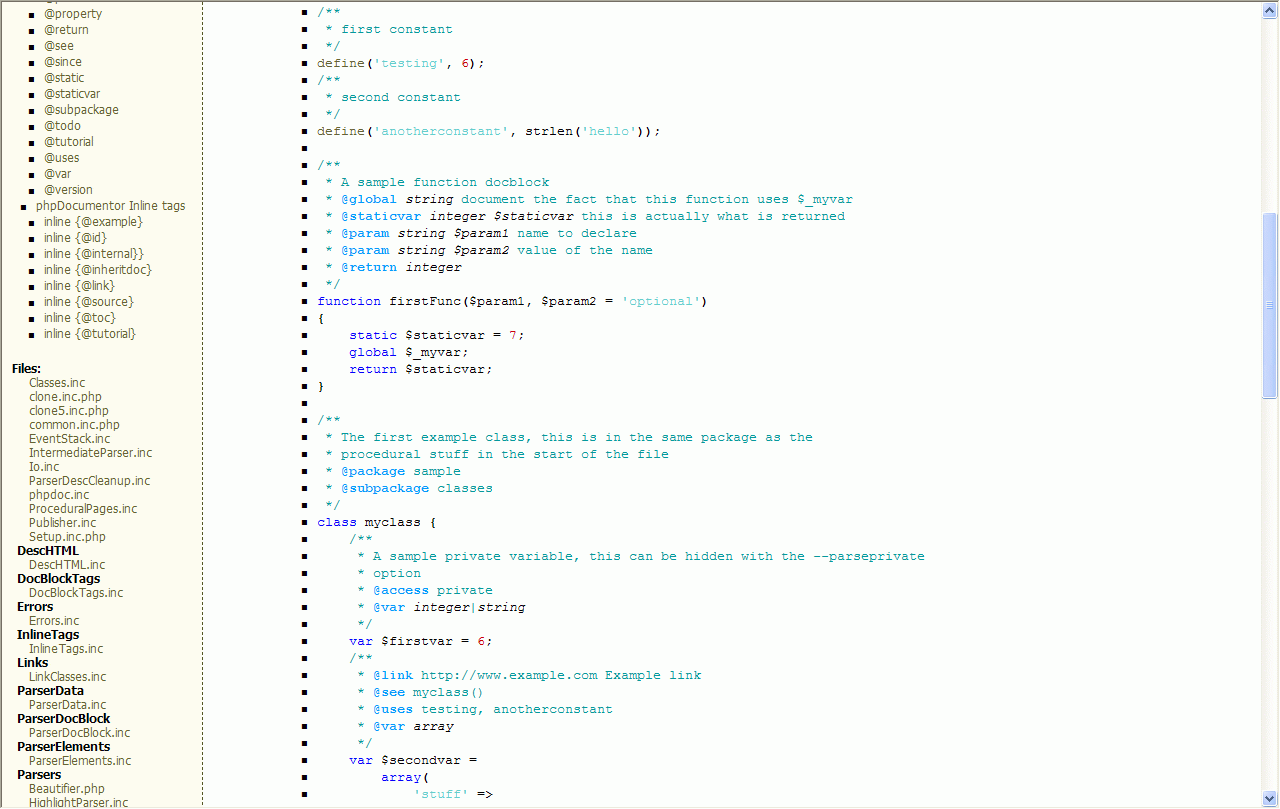

Start IIS Manager by clicking on Start, Programs, Administrative Tools, and then Internet Information Services (IIS) Manager.įrom the IIS Manager, click on the hostname of your server in the Connections panel on the left.ĭouble-click on the Handler Mappings icon.įigure 3: Internet Information Services (IIS) Managerįrom the Handler Mappings Actions panel, click on Add Module Mapping. Add: c:\php to your system path.Ĭlick OK until you have exited the System Properties window. Select the Path variable from the System Variables section, and then click on Edit. More information follows in the section, Extensions.Ĭlick on Start, Settings, Control Panel, and then double-click on the System icon (using the class view).Ĭlick on the Advanced system settings link in the left column.įrom the System Properties window, click on the Advanced tab, and then click on the Environment Variables button at the bottom. For PHP 5.2.X, this is typically extension_dir = "./ext".Įnable the required PHP extension by un-commenting corresponding lines.

Set extension_dir to point to a location where PHP extensions reside. Set open_basedir to point to a folder or network path where the content of the Web site(s) is located. Setting this to 1 will cause PHP CGI to fix its paths to conform to the specification. The cgi.fix_pathinfo provides PATH_INFO/PATH_TRANSLATED support for Common Gateway Interface (CGI). This allows IIS to define the security context that the request runs under. Open the Php.ini file in a text editor, then uncomment and modify settings as follows:įastCGI under IIS supports the ability to impersonate security tokens of the calling client.

Rename the Php.ini-recommended to php.ini.

Unpack the files to a directory of your choice (for example, C:\PHP) on your IIS server.
Php comment zip#
Under Windows Binaries, click on the most current PHP non-thread-safe Zip package to download the PHP files.
Php comment zip file#
The Zip file installation installs many of the extensions that are available for the Windows Installer version however, none of the extensions are enabled until their entries in the Php.ini file are set up.ĭownload the latest non-thread-safe Zip file package with binaries of PHP. To use the Zip file installation, follow the instructions in Using FastCGI to Host PHP Applications on IIS 7.0 and Above. It is generally easier to use the Zip file installation. Alternately, all of the extensions can be installed this results in an unstable system because some of the extensions can conflict with others. By default, no extensions are installed, and this can adversely affect the usefulness of the PHP installation. The Windows Installer version can get a complete PHP environment up and running, but the installation of extensions can be confusing. Either method will get PHP working, but both have some extra steps that are needed to make PHP work well.
Php comment install#
There are two main ways to install PHP on a Windows®-based computer: download the Windows Installer or use the Windows Zip file from the PHP Web site. As a result, there is a performance improvement on IIS when using the NTS version when compared to the tread-safe version because the NTS version avoids unnecessary thread-safety checks (FastCGI ensures a single-threaded execution environment).
Php comment code#
The NTS version does not have any of the code that allows PHP to manage multiple threads. The architecture of IIS and the FastCGI extension provide an isolation model that keeps requests separate, removing the need for a thread-safe version. The thread-safe version is designed for environments where the Web server core can keep the PHP engine in memory, running multiple treads of execution for different Web requests simultaneously. There are two builds for each PHP version: one is thread-safe, and one is not (referred to as the non-thread-safe version). Alternately, use the instructions that follow as guidance for installing PHP with Windows® Installer or using a compressed (Zip) file installation. With Web PI, you can navigate to the "Web Platform" tab and select "PHP" under "Framework and Runtimes" customize link. Web PI completely automates setting up IIS, FastCGI, and the latest version of PHP from the php.net Web site. The fastest and easiest way to install PHP on Internet Information Services (IIS) is by using the Microsoft® Web Platform Installer (Web PI).


 0 kommentar(er)
0 kommentar(er)
